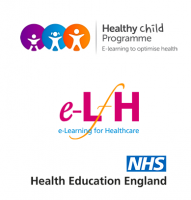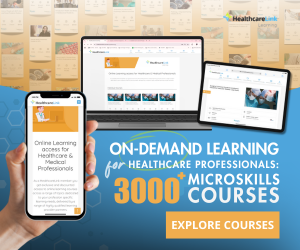Obesity In Young People



This session describes recent trends, causes and sequelae of obesity in adolescence and assesses treatment options, including common dieting and exercise approaches.
Learning Objectives
By the end of this session you will be able to:
- Recognise the extent of the problem and recent trends in obesity statistics
- Recognise the multifactorial nature of obesity and the need for a variety of strategies to influence it
- List the sequelae of adolescent obesity during adolescence and in later life
- Describe the metabolic syndrome and the significance of central adiposity
- Explain the concept of weight stabilisation and discuss goal-setting and treatment options that are appropriate at different stages of growth in height
- Assess common weight reduction approaches and the evidence regarding their success rates
- Analyse the effects of exercise on overweight and obesity
Data from the Health Survey for England (HSE) show the prevalence of child obesity increased between 1995 and 2004. Since then, the proportions of older children who are obese have remained broadly steady. Among younger children, there was a slight dip in the proportion who were obese in 2012, but this has not been sustained. Adult obesity prevalence continues to rise, but the rate of increase appears to be slowing for both sexes.
Before commencing this session you should complete the following AH sessions:
- 12 001 Body Shape and Body Image in Adolescence (401-0056)
- 12 002 Nutritional Requirements in Adolescence (401-0057)
- 12 003 Development of Normal Eating Behaviour (401-0058)
Rachel is a part-time GP and trainer in Redditch, Worcestershire, with particular interests in child obesity, adolescent health and women’s health.
She was appointed Royal College of General Practitioners (RCGP) Clinical Champion for Nutrition for Health in April 2011 and established the RCGP Nutrition Group in 2013.
Rachel contributed to the Academy of Medical Royal Colleges Obesity Steering Group 2013 report:- ‘Measuring up: The medical profession’s prescription to the obesity crisis’.
She contributed to the 2013 Royal College of Physicians ‘Action on Obesity: Comprehensive care for all report’, which looks at how the NHS should adapt to meet the needs of an increasingly obese nation.
Rachel has written two books – ‘Weight Matters for Children’ and ‘Weight Matters for Young People’, Radcliffe Publishing 2006. She has co-authored the obesity modules of the e-Learning for Health Adolescent Health Project and is a member of the RCGP Adolescent Health Group.
She has completed a research project in conjunction with Warwick University, examining the practicalities of offering a child obesity prevention intervention in primary care.
Rachel is married to a GP and we have three boys.

- Acute Medicine | Falls 02 knowledge C
- Posted By eIntegrity Healthcare e-Learning
- Posted Date: 2024-11-28
- Location:Online
- This session revises the basic physiology of water and sodium regulation, and demonstrates a structured approach to the assessment and management of patients with hyponatraemia.
- Acute Medicine | Falls 02 knowledge B
- Posted By eIntegrity Healthcare e-Learning
- Posted Date: 2024-11-28
- Location:Online
- This session lists the drugs that can commonly cause hyponatraemia. It also gives sources of further information if less common drug causes are suspected.
- Acute Medicine | Falls 01 knowledge C
- Posted By eIntegrity Healthcare e-Learning
- Posted Date: 2024-11-28
- Location:Online
- This session gives an overview of the National Institute for Clinical Excellence (NICE) guidelines and discusses the medical assessment and management of falls.
- Acute Medicine | Falls 01 knowledge B
- Posted By eIntegrity Healthcare e-Learning
- Posted Date: 2024-11-28
- Location:Online
- This session discusses the diagnosis and treatment of osteoporosis.
- Acute Medicine | Falls 01 knowledge A
- Posted By eIntegrity Healthcare e-Learning
- Posted Date: 2024-11-28
- Location:Online
- This session discusses the causes of falls in older people.








